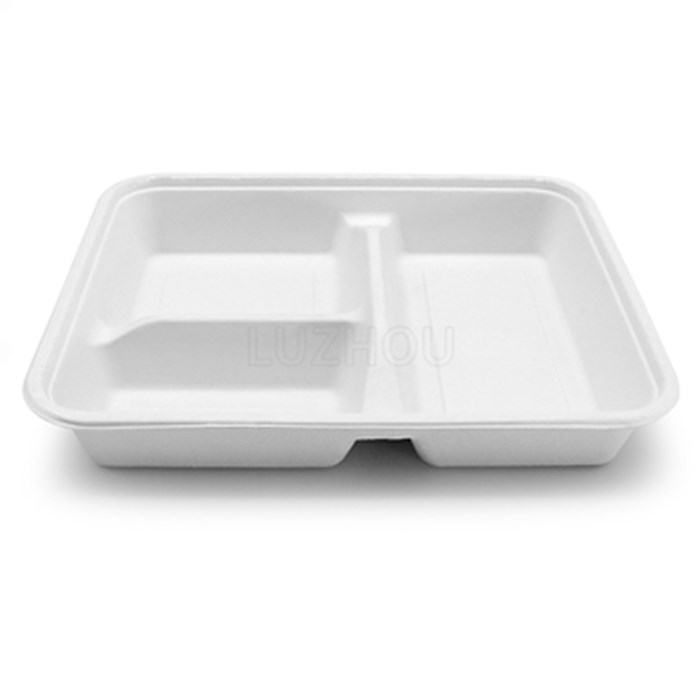The economic imbalance caused by the epidemic and the policies and decisions made by the world to deal with its adverse effects are returning to the starting point. Since 2020, central banks have printed about $11trillion through quantitative easing, most of which has eventually become consumer savings. These savings are now leading to overheating and inflation, which may require a certain degree of economic recession to get it under control again. In fact, since the 2008 financial crisis, the world has printed about $25trillion in currency, accounting for 29% of global GDP.
It is worth noting that in the past, half of all US inflation rates above 5% needed to be controlled by economic recession. At present, consumer prices in the United States have risen by 8.3% and in the European Union by 7.4%. In addition, the impact of the ongoing conflict between Russia and Ukraine further magnified the inflation factor. The U.S. economy contracted at an annual rate of 1.4% in the first quarter, while Japan’s GDP fell by 1% in the same period, while Europe was struggling to get rid of Russian hydrocarbons, which also made Germany seem to have brought the whole Europe into a recession. At present, the general view is that European energy prices will remain high for at least 18 months, and capitalist countries and regions such as Europe and the United States are trying to find new alternative sources for about 7% of the oil and natural gas market currently supplied by Russia.
From the perspective of the paper packaging industry, the performance in the first quarter came from major comprehensive paper and packaging groups. The sales of these representative groups increased significantly, which is also the expected result after experiencing the price rise in various links last year. Profits and return on capital are not only rising, but also very impressive, indicating that the sharp rise in energy costs and the sluggish trading volume have not yet penetrated most countries.
The current demand for corrugated packaging is very low, which indicates that the next second and third quarters will be more challenging. In the 17th week, the inventory of recycled cardboard in Europe was 900000 tons (about 11.6 days’ inventory), which proved this, an increase of 27% compared with 700000 tons in the same period last year. As expected, the paper mill shut down in an attempt to restore some balance to the market. For example, SAICA arranges its Champlain RCCM plant (with an annual output of 500000 tons) and Partington RCCM plant (with an annual output of 450000 tons) for shutdown and maintenance.
By acquiring more tertiary plants, secondary plants have further strengthened the vertical integration of the industry. Logson Group acquired red rose packaging in Manchester and Smurfit Kappa acquired atlas packaging in Barnstable. Prowell’s cooperation model is also very effective. As one of the lowest cost secondary plants, they are reasonably full and maintain a certain capacity quota for customers.
Many buyers are confused by the seemingly contradictory market signals. On the one hand, the prices of existing suppliers have risen sharply; on the other hand, potential sellers occasionally propose to reduce prices. What’s going on? The reason for this is that there are many reasons. Carton prices have recently experienced a double-digit overall price rise, because the cost of everything is rising, especially energy, which has pushed up the price of carton board.
Due to the above economic slowdown, the demand for cartons is very low. Last year, the demand for cartons was so high that the delivery time was usually three months, which meant that end users had to increase their positions to three months’ inventory. This means that the market needs a potential 25% demand growth in 2022 to provide a longer delivery buffer. With the current delivery time shortened to only 2-5 working days, the supply chain is de stocking, so it is artificially low temporarily, and the inventory situation has been reduced by 25%.
The total volume of corrugated packaging in April was boosted because orders were advanced in order to exceed the recent double-digit rise in carton prices. Conversely, may is the new February, and the carton factory will take strategic price reduction measures to promote sales growth. The actual result is that carton factories compete fiercely for the market, which is deflationary for carton prices and profits, but not for paper prices, because factories are still trying to cope with huge input cost pressure.
Carton demand will pick up in the third quarter, when the UK’s domestic carton inventory position should have ended. At the same time, carton factories are adopting a comprehensive strategy (i.e. repairing business, closing capacity or selling themselves) to adapt to the global recession that may have eroded profit margins. For some people who get funds through invoice discounts or have a large number of investment plans, the continuous sharp decline in sales is leading to a painful cash squeeze.
Post time: Jul-08-2022

